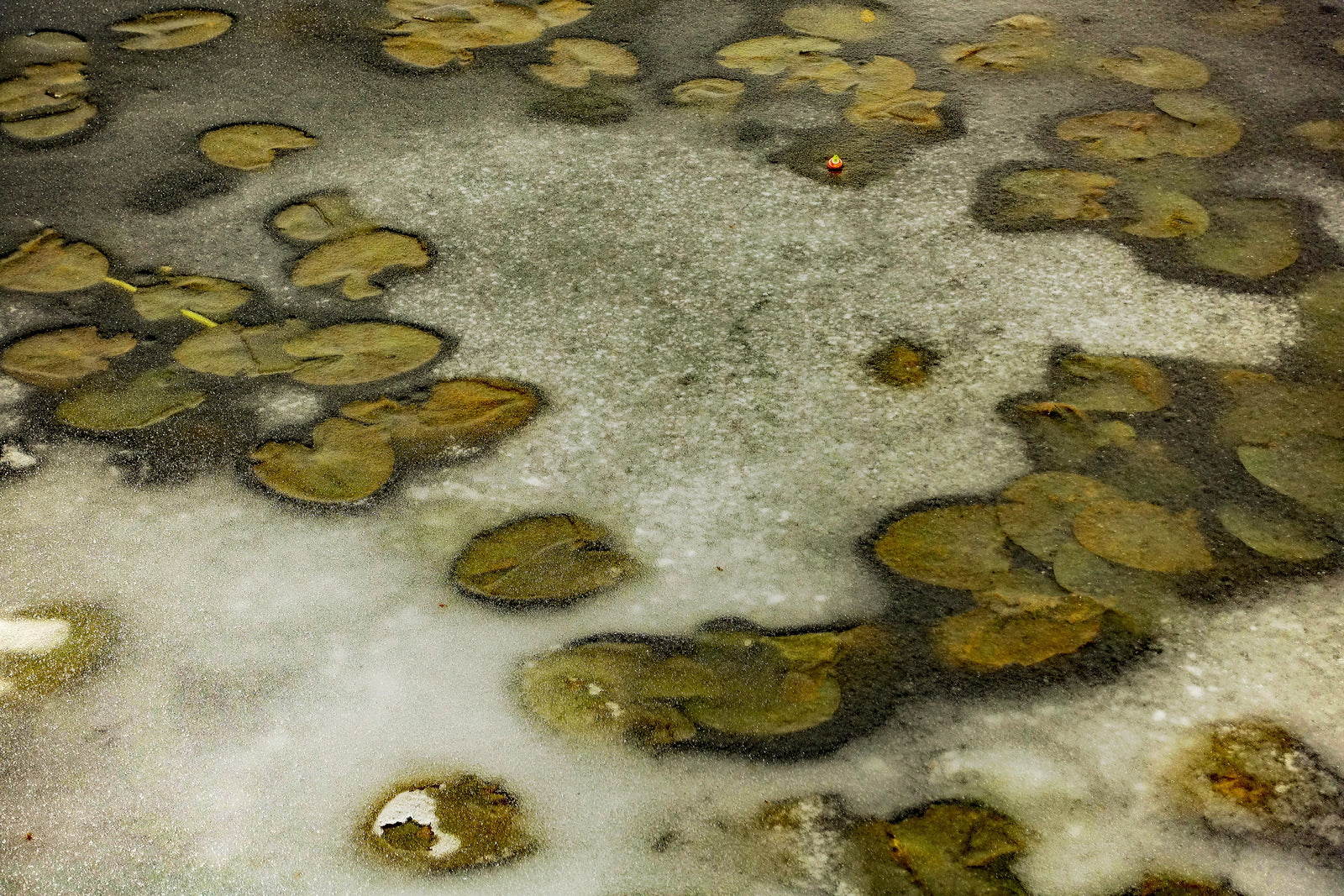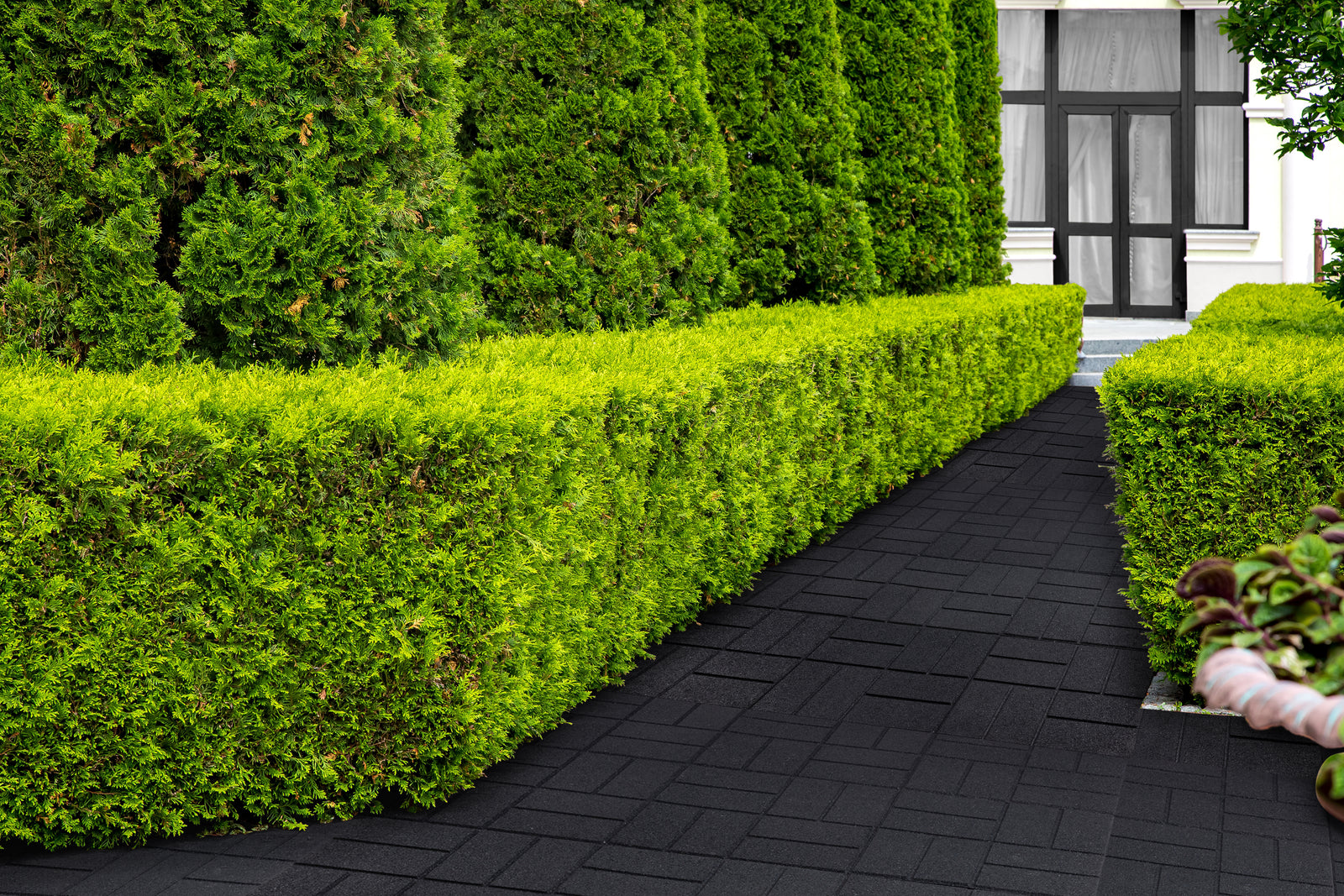October 19, 2023
Rubber Mulch as Artificial Turf Infill
What are the primary advantages of using rubber mulch as artificial turf infill?
Rubber mulch offers several advantages when used as artificial turf infill. First and foremost, it provides extra cushioning, which is particularly beneficial for activities involving children, as it reduces the risk of injuries from falls. Unlike traditional infill materials like silica or sand, which can shift and create uneven surfaces, rubber mulch maintains a consistent and cushioned surface. It also exhibits excellent weather resistance, retaining its shape and volume regardless of changes in weather conditions, ensuring the lawn remains even and safe throughout the year. Additionally, rubber mulch acts as a natural deterrent to weeds and pests, as its composition is unattractive to insects and prevents weed growth. This feature significantly reduces the maintenance required to keep the lawn looking neat and pest-free. Lastly, rubber mulch is known for its longevity. Although it may have a higher initial cost, it lasts longer than traditional infill materials, which often require regular replenishment. This durability translates to long-term savings and less frequent replacements, making it a cost-effective solution in the long run.
How does rubber mulch improve safety and comfort in lawns?
Rubber mulch improves safety and comfort in lawns primarily through its cushioning properties. Traditional turf infills like sand or silica can shift over time, leading to uneven surfaces that pose tripping hazards, especially in areas where children play. Rubber mulch, however, offers a consistently soft and even surface, significantly reducing the risk of injuries from falls or accidents. This makes it an ideal choice for family homes, schools, and playgrounds where safety is a top priority. The cushioning effect of rubber mulch not only enhances safety but also increases comfort, making it more pleasant to walk, sit, or play on the lawn.
How does rubber mulch respond to varying weather conditions?
Rubber mulch demonstrates excellent resilience to varying weather conditions. Traditional sand infill can be adversely affected by changes in weather, such as hardening in dry conditions or becoming soggy in wet seasons, leading to uneven and potentially unsafe lawn surfaces. Rubber mulch, in contrast, is not significantly affected by weather changes. It retains its shape and volume in both wet and dry conditions, ensuring that the lawn surface remains stable and safe throughout the year. This weather resistance contributes to the overall low maintenance of lawns with rubber mulch infill, as it eliminates the need for frequent adjustments or replacements due to weather-related wear and tear.
Can rubber mulch prevent weed growth and pest infestations?
Yes, rubber mulch can effectively prevent weed growth and deter pest infestations. Unlike sand infill, which can provide a conducive environment for weeds and pests, rubber mulch acts as a natural deterrent. Its composition is unappealing to many insects, reducing the risk of infestations by pests like termites and other insects. Additionally, rubber mulch forms a barrier that inhibits weed growth, helping to maintain a clean and neat lawn without the constant need for weed removal. This feature significantly reduces lawn maintenance efforts and contributes to a more enjoyable outdoor space.
What are the long-term cost implications of using rubber mulch as artificial turf infill?
While rubber mulch may have a higher upfront cost compared to traditional infill materials, its long-term cost implications are more favorable. Traditional infills like sand or silica often require regular replenishment to maintain the stability and appearance of the lawn, which can add up in terms of cost over time. Rubber mulch, on the other hand, is highly durable and resistant to wear and tear, meaning it does not need to be replaced as frequently. This longevity translates into significant cost savings in the long run, as the need for frequent infill replacement is greatly reduced. Additionally, the reduced maintenance requirements, such as less frequent weed control and pest management, also contribute to overall cost savings. Therefore, while the initial investment in rubber mulch may be higher, its durability and low maintenance needs make it a cost-effective solution in the long term.

Also in Rubber Mulch Blog

Embracing Eco-Friendliness by Choosing Rubber Mulch for Your Playground
June 17, 2025
“Reuse, Recycle, and Reduce” are three main aims when it comes to preserving the health of our planet. Rubber mulch definitely falls within their scope. Conserving resources, energy efficiency, and better health for kids are all rubber mulch benefits.

Effective Mold and Fungi Prevention: The Hidden Value of Rubber Mulch
October 31, 2024

Create Your Own Sensory Path with Rubber Pavers
October 28, 2024
shop
Copyright © 2025 RubberMulch.com - All Rights Reserved.






